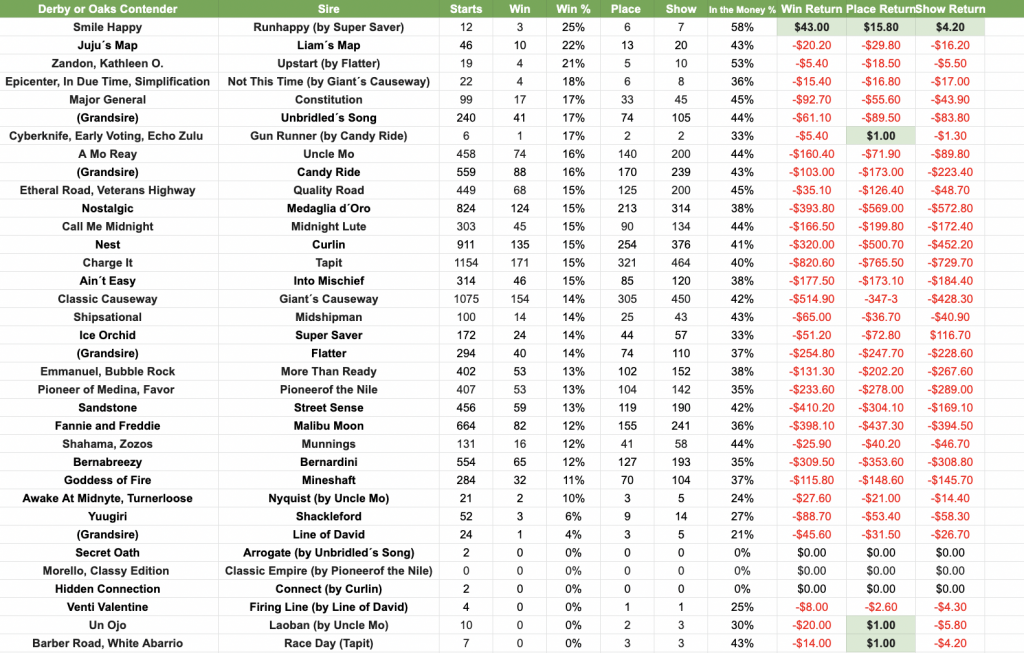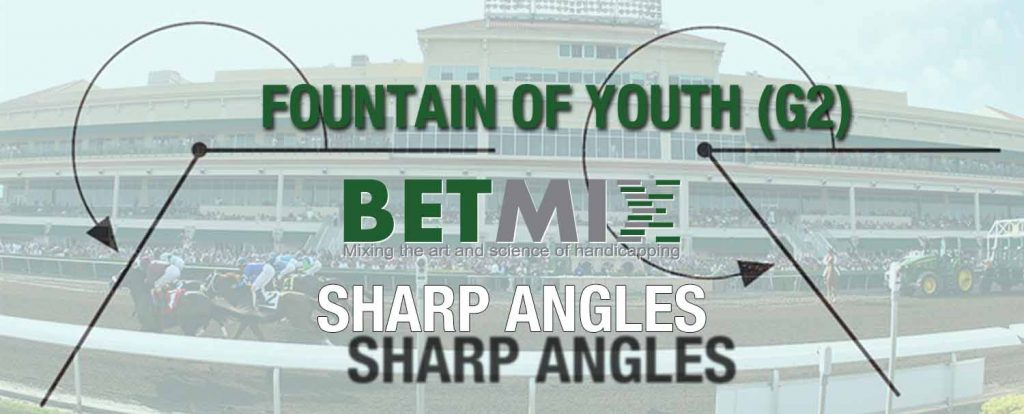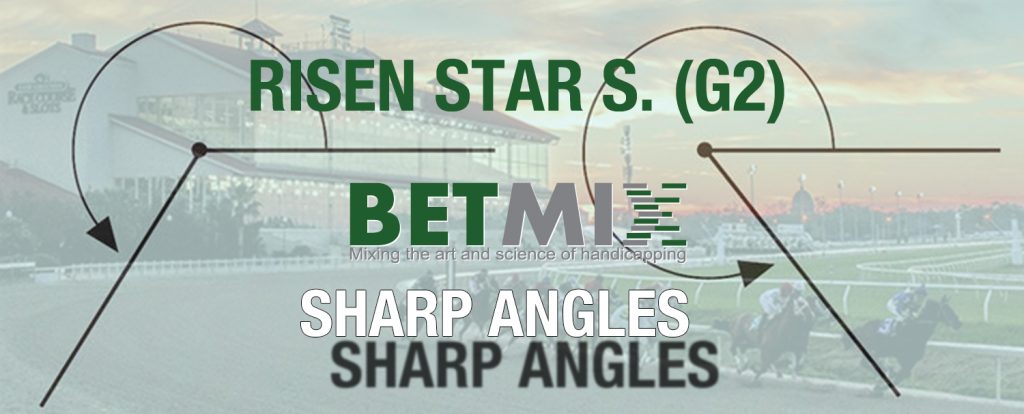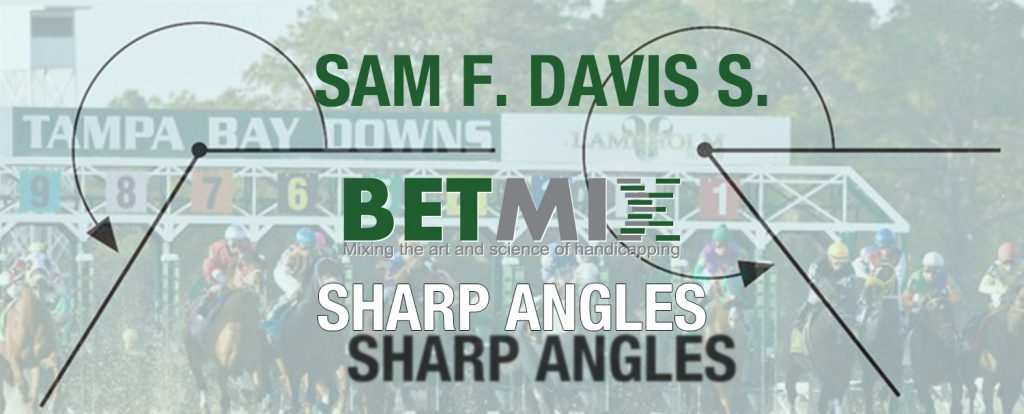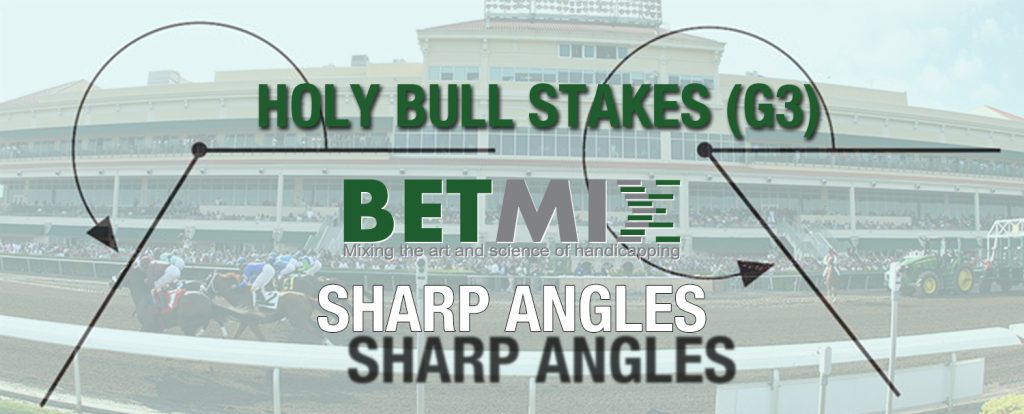There have been a lot of questions answered on the 2022 Kentucky Derby and Oaks trails so far. But one mystery will remain until the floral garlands are hoisted on the winners - who can get the distance.
The Betmix Angler online handicapping database has over a decade of stallion information so we took it for a spin to see which sires of this major year´ s Derby & Oaks contenders have the best stats in races going 9-furlongs or further.
Eclipse Champion sprinter Runhappy, sire of the popular contender Smile Happy, is the official leader with a 25% win rate with his long distance starters. However, this is based on just 12 starters and all three of the wins are by his stakes-placed son Happy American. Runhappy is, of course, a son of 2010 Kentucky Derby champ Super Saver.
Not This Time is the sire of a trio of Kentucky Derby prospects and his numbers are encouraging as well, albeit also from a smaller sample. One of these contenders, Epicenter, has already proven himself going long as the victor of the 9-furlong Risen Star Stakes (G2).
The chart below has the data for all sires with a Derby or Oaks contenders in this weekend´ s future pools. Where there was a dearth of data for a younger sire we pulled the numbers on his sire if not already in the sample.
